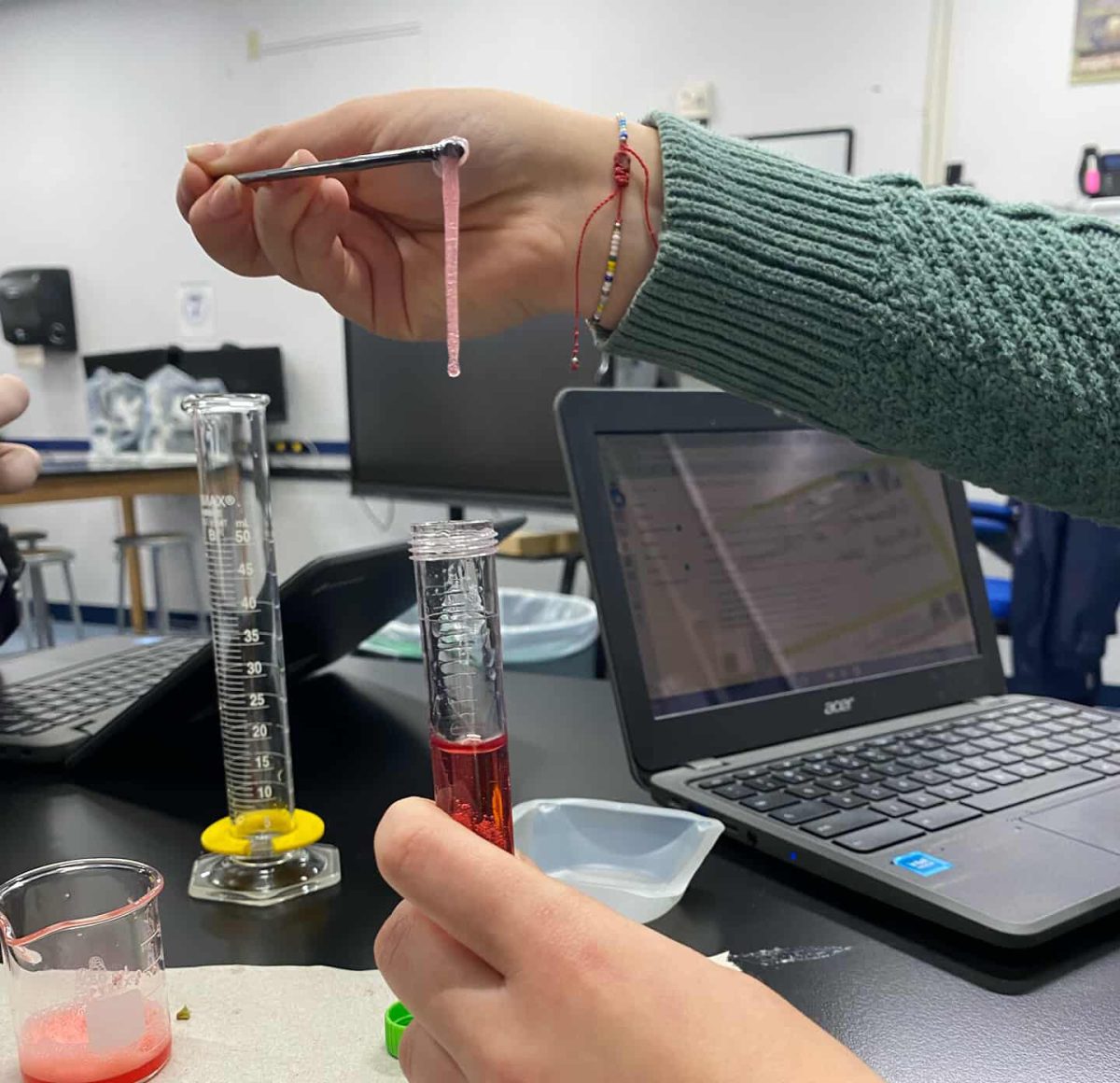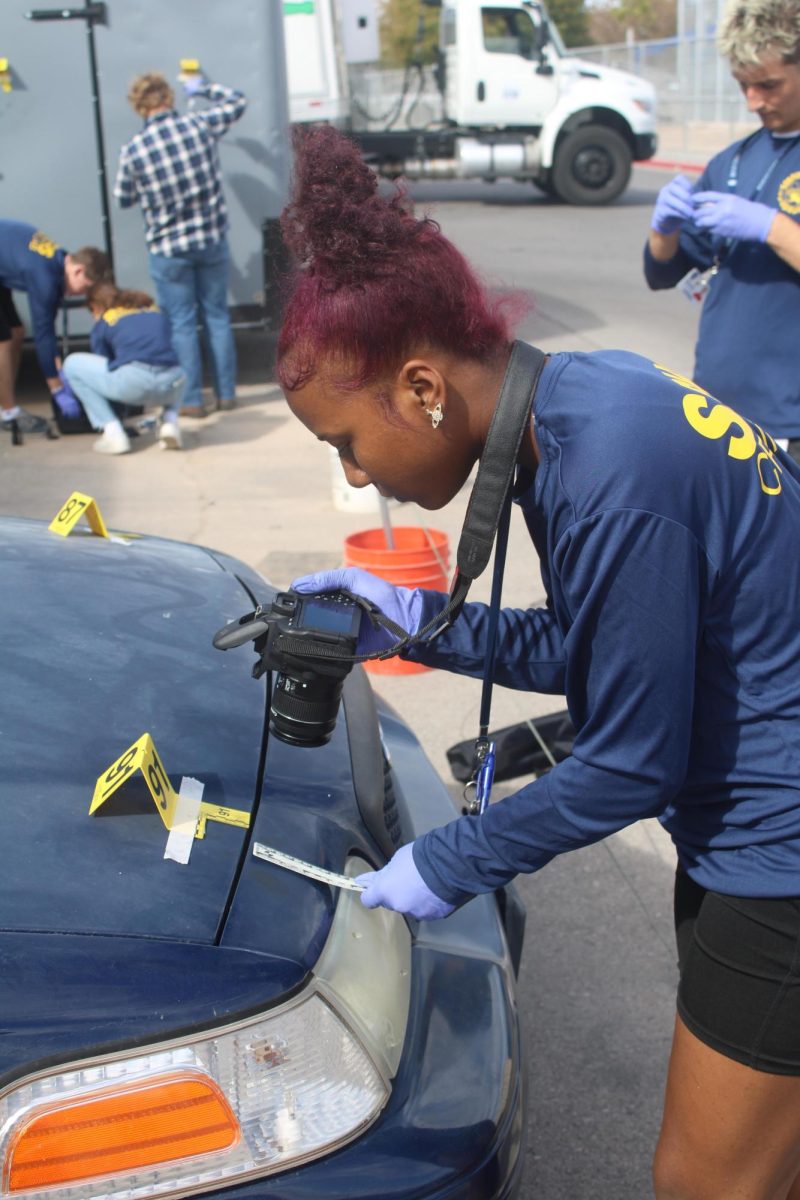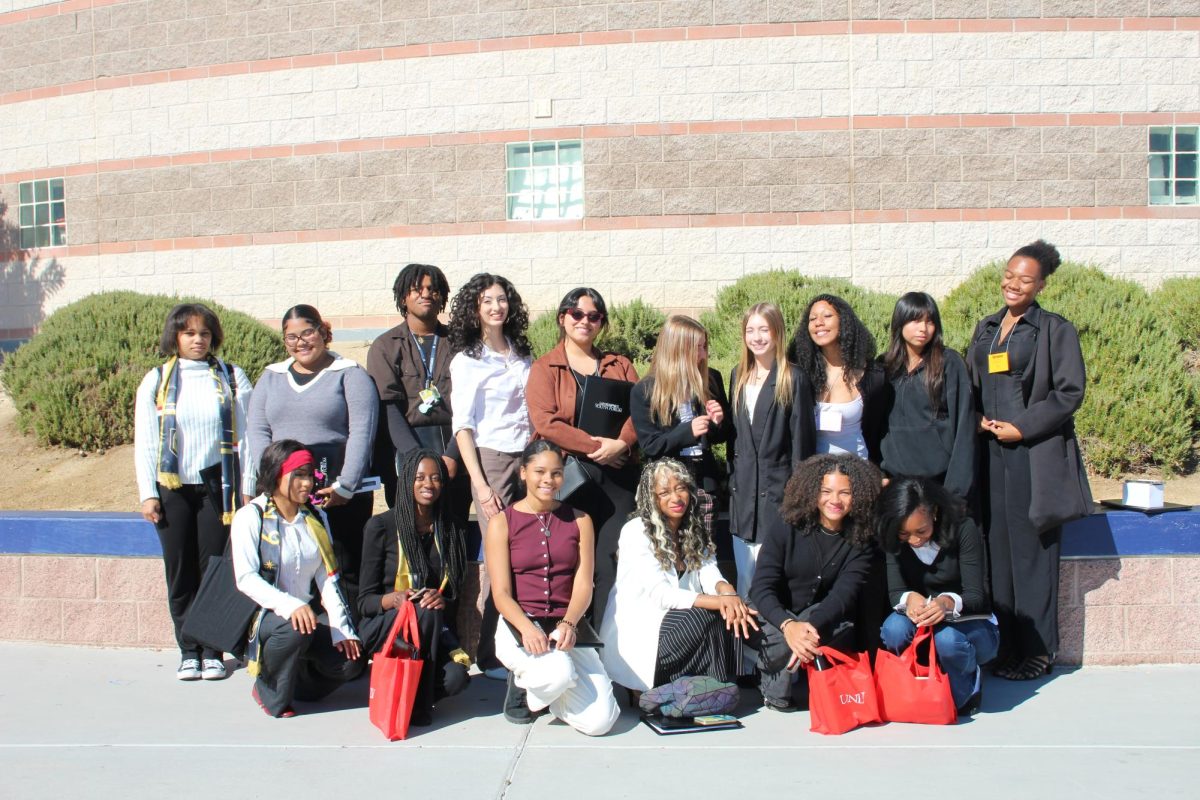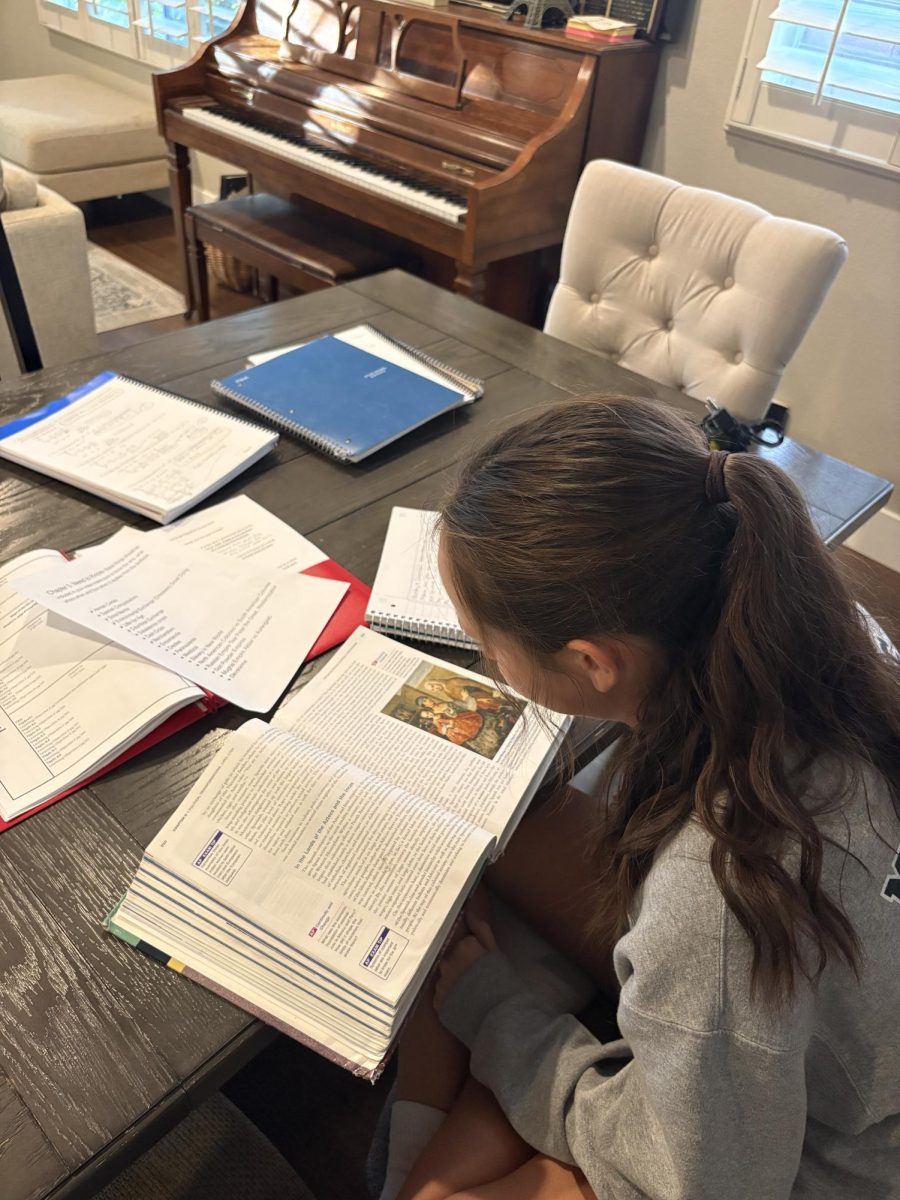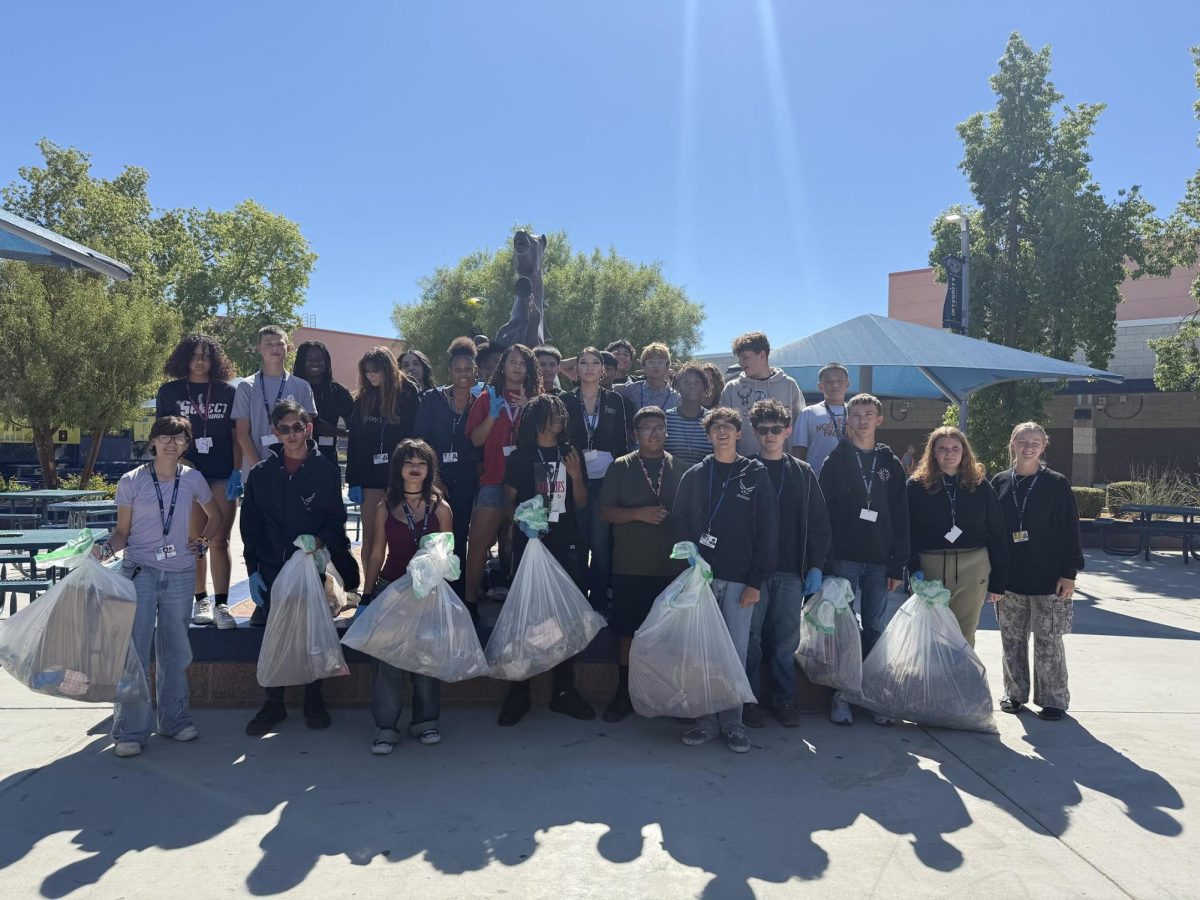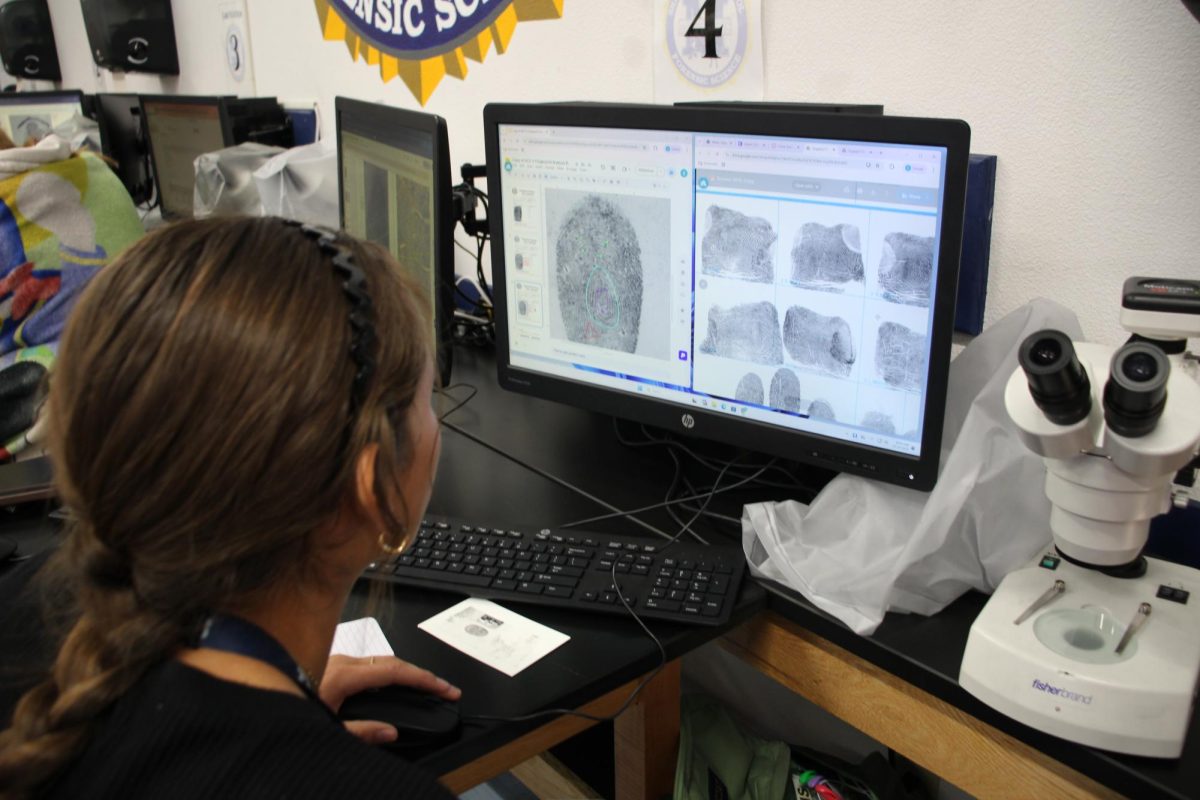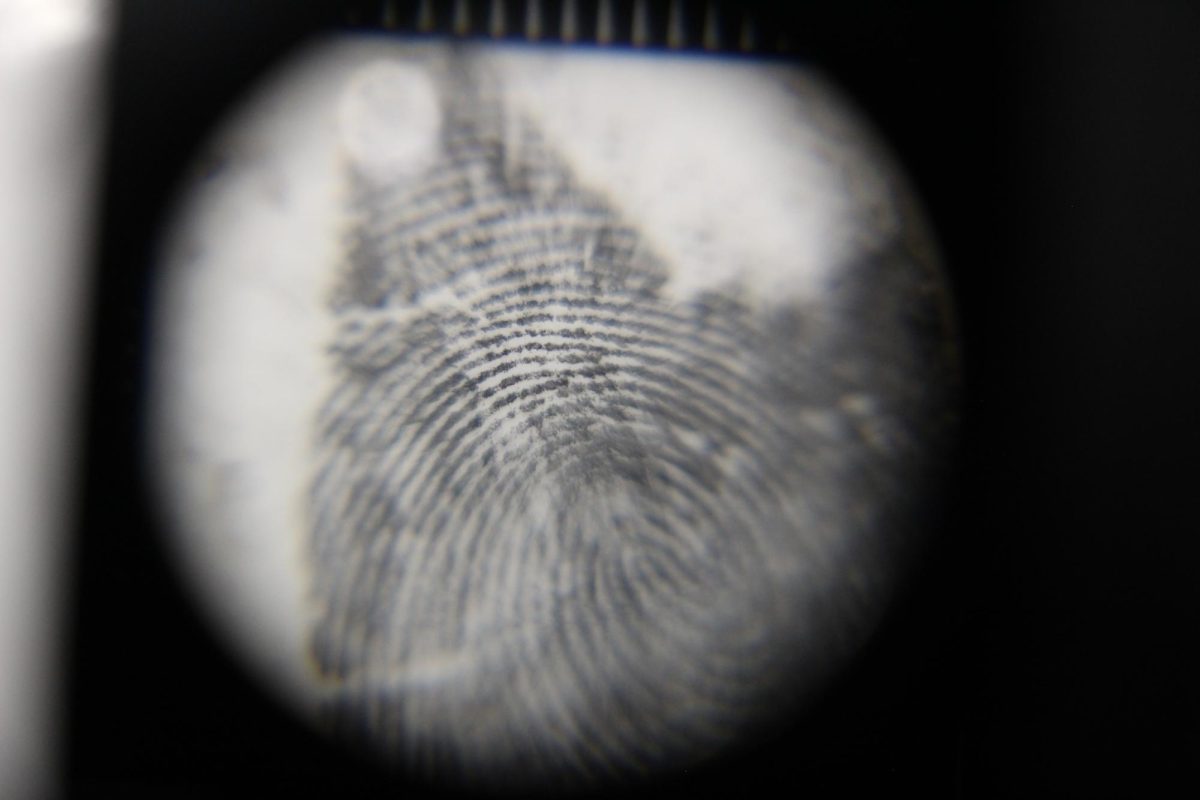Robert Stahlke teaches forensic science at Shadow Ridge High School, where students begin learning how science can be used to solve crimes. Forensic scientists collect and study evidence from crime scenes and use scientific methods to help solve crimes. Many students who want to pursue a career in forensic science start by taking classes in high school such as Forensic Science 1, 2, and 3, which Stahlke teaches every day in room 316. After high school, students often continue their forensics journey in college along with going on to working in labs or with law enforcement. Students often choose this field because they enjoy solving mysteries and helping to bring justice to crimes. Taking forensic science in high school can be the first step for students interested in this career.
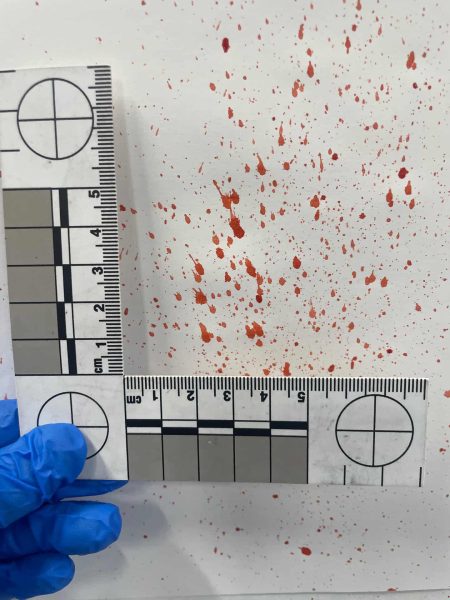
Becoming a forensic scientist takes years of education, dedication, and a strong interest in science and investigation. Students must go to college and major in a hard science such as biology or chemistry and earn their bachelor’s degree in forensic science. Forensic science requires critical, analytical, and problem-solving skills to analyze evidence and form a judgement without bias. Scientists must also be able to explain their findings clearly in both written and verbal reports. Properly observing and documenting evidence are also vital skills for this career.
“The most important qualities for a forensic scientist are attention to detail and good communication,” Stahlke states.
Hands-on learning is a big part of Stahlke’s forensic classes, allowing students to apply what they have learned in different situations. Through activities such as fingerprint analysis, blood spatter analysis, evidence collection, and simulated crime scenes, students gain a better understanding of how forensic science works.
“Mock crime scenes help students understand real-world forensic work,” Stahlke states.
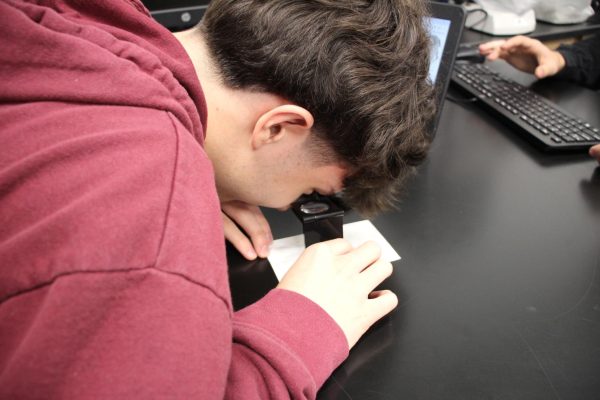
High school forensic science classes give students the chance to experience what it’s like to do work as a real forensic scientist, even before they start their college career. By participating in projects like mock crime scenes , students can practice techniques and have firsthand experiences with the type of work they might do in the future.
“I loved the “End of Year Crime Scene” we did at the end of Forensic Science 1 because I had a really good group and we ended up winning the best case file out of the program,” Lola Romero, a Forensic Science 3 student states. “I also loved learning how to roll, dust, lift, and compare fingerprints because it’s so intricate and detailed.”
After completing college and earning a degree in forensic science, graduates are able to complete an internship which allows for hands-on experience and will boost their resumes building stronger connections for job opportunities. In addition to obtaining a degree, earning a professional certification is important to demonstrate expertise and commitment to the forensic field. Once all of this is done, graduates can start applying to forensic positions.
From hands-on high school projects to earning college degrees and certifications, each step prepares students and graduates for a career in forensics. Getting early experience in a high school class gives students the skills they need to succeed in this field.


